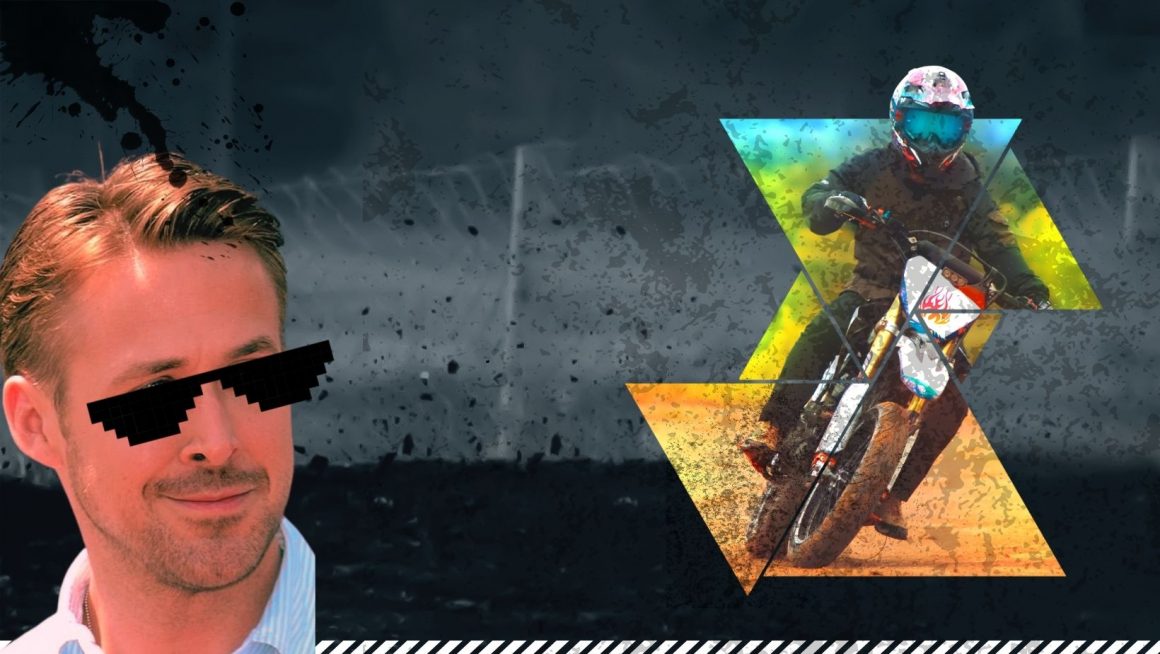
The Fall Guy and the self insert character
By Salam Jesudamilola David, June 22 2024—
Before The Fall Guy had even started, I began to have my misgivings. During a special intro for the movie, shot for IMAX audiences, Director David Leitch and star Ryan Gosling gave the audience some context, kind reminders of cinema etiquette and lighthearted banter. They discussed their mutual love for stunts and the inspirations and previous adaptations of this story of a down on his luck stuntman. On the whole, I enjoyed the segment, and so did many in the theater. Gosling was his usual charming self, and the texting sequence between the two elicited more than a few chuckles. However, somewhere in all that, Leitch let something slip—something he no doubt intended to, but that managed to unease me anyway. Leitch himself had been a stuntman.
To fully understand my reaction to this revelation, I must take you on a brief detour down the path of media I call, “the genre of the self-inserted author.” I have no problem with autobiographical media or works exploring an important aspect of the creator’s life. Where “the genre of the self-inserted author” differs is in its self-aggrandizing manner. These movies, books and TV shows are not concerned with true exploration of character and meaning but with vain, indulgent puffery. The main character often shares the same or similar profession as the author and becomes a physical representation of the artist’s vanity. They are cool where the author is clumsy, as daring as the author imagines themselves and, if you’re reading a Dan Brown novel, able to perform near-impossible feats while attracting the most beautiful women in the world. To put it simply, they are often formulaic and shallow. Leitch’s revelation thus presented a question: Could The Fall Guy escape the self-insert author trap and truly become, as Leitch describes it, “a love letter to the stunt community,” or would it fail and become an unwitting mockery of what it sought to eulogize?
If you did a quick read of the plot’s synopsis on Wikipedia, you would likely conclude that The Fall Guy failed. Our main character is the charming Colt Seavers (Ryan Gosling), who has to deal with a complicated plan to frame him for murder if he is to have any chance of reviving his career and settling down with the love of his life, Jodie (Emily Blunt). It seems to follow the formula: a charming main character finds himself in a comically unjust or complicated situation from which he manages to emerge, defying all odds, practically unscathed, just in time to end up with his gratuitous love interest. But watching The Fall Guy reveals that it is, in all honesty, a really good movie. It is fun, sharp, witty and clearly made by a cast and crew in love with making movies. It not only avoids the self-insert author trap, it subverts it.
Colt is charming for the first five minutes of the film, maybe, before the accident that ruins his life and propels the story forward. After that, he is a broken man. His humor comes off as cynical and dry, and apart from the fact that he wears Ryan Gosling’s face, there is nothing outlandishly charming about him. He doesn’t sweep everyone off their feet; he is, in fact, most times, the butt of the joke. As for Jodie, a director herself, she is far from a gratuitous love interest: she is confident, smart, and doesn’t let the man who abandoned her for a year just waltz back into her life. Colt has to earn her, not by being a badass stuntman but by actually listening to her, talking to her, acknowledging his mistakes and recognizing where he could have been better. These two are the heart of the movie. They share the two best scenes: one scene in which Jodie forces Colt to repeat a stunt over and over again as they dredge up (very publicly) the end of their relationship, which was incredibly funny, and a split-screen scene which somehow manages to balance the humorous and the cathartic.
Of course, the movie has its flaws. Its central mystery is incredibly obvious, the pacing at times felt a tad too rushed and some sequences were far too over-the-top even for a stunt comedy. But it tells its story well and isn’t shy about what that story is. At the end of the day, all the romance, mystery and intrigue in this movie is secondary—simply the “sexy bacon” wrapped around the main event: to the stunts, which are well-executed and graceful. The truck cannon-rolling through the sand, Ryan Gosling skating on a piece of metal clutching a speeding car on Harbour bridge, every single fight scene. It’s clear the director savors these moments, and they are remarkably well-shot and choreographed.
The movie, instead of feeling needlessly aggrandizing, manages to be just the right amount of cool in the right places. This makes some of its more elaborate moments forgivable. In the end, when the stuntmen team up to defeat the “evil actor” Tom Ryder (a scenario that would have normally made me cringe), you actually find yourself rooting for them. The Fall Guy takes a concept that could have easily turned into a self-parody and manages to create something heartening and moving. When the credits roll and we’re shown a montage of all the stunts performed in the film by real stuntmen, you realize that this is a movie that cares about the art, and perhaps, if you’re like me, a movie that has made you care about the art. It’s what David Leitch set out to do, and it’s what he accomplished.
